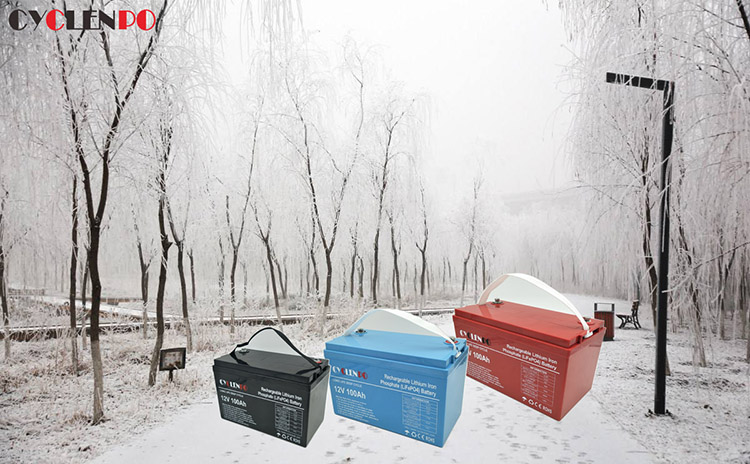Now, it is almost October, and the temperature is slowly declining. This is a test for the low temperature performance of lifepo4 battery pack. As we all know, the high temperature performance of the lifepo4 battery pack is excellent, the thermal peak can reach 350 ~ 500 ° C, and the high temperature (60 ° C) can still release 100% capacity. But the low temperature is a little worse than other battery systems, so how to improve its low temperature performance?

lifepo4 battery pack refers to lithium ion battery using lithium iron phosphate as a positive electrode material. The positive electrode materials of lithium ion batteries mainly include lithium cobaltate, lithium manganate, lithium nickelate, ternary materials, lithium iron phosphate and the like. Among them, lithium iron phosphate is the positive electrode material used in most lithium ion batteries. The demand for lifepo4 battery pack has soared, and it is crucial to improve the low temperature performance of lithium batteries.
What are the factors that affect the low temperature performance of lifepo4 battery pack?
For the lifepo4 battery pack, the energy storage industry experts have done a detailed study on the factors affecting its low temperature characteristics for the following reasons:

How to improve the low temperature performance of lifepo4 battery pack?
We improve the low temperature performance of lifepo4 battery pack from the positive electrode, the negative electrode, the electro-hydraulic and the binder.
In terms of the positive electrode, it is now nano-sized, and its particle size, electrical resistance, and axial length of the AB plane affect the low temperature characteristics of the entire battery. Different processes have different effects on the positive electrode. The low-temperature discharge characteristics of the battery made of lithium iron phosphate with a particle diameter of 100 to 200 nanometers are better, and 94% can be released at -20 degrees, that is the nanometerization of the particle diameter shortens the migration path. The performance of the low temperature discharge is also improved because the lithium iron phosphate discharge is mainly related to the positive electrode.
Considering the charging characteristics from the negative electrode, the low-temperature charging of the lithium battery is mainly the influence of the negative electrode, including the particle size and the variation of the pitch of the negative electrode. Three different artificial graphites are selected as the negative electrode to study the different layer spacing and particle size versus low temperature characteristics. From the perspective of the three materials, the granular graphite with a large interlayer spacing has a smaller bulk impedance and ion mobility resistance in terms of impedance.
In terms of charging, the lithium battery pack has little problem in discharging at low temperatures in winter, mainly due to low temperature charging. Because the cross-flow ratio of 1C or 0.5C is very critical in terms of cross-flow ratio, it takes a very long time to reach constant pressure. By improving the comparison of three different graphites, it is found that one of them has a relatively large charge-to-current ratio of -20 degrees. Improvements, from 40% to more than 70%, the increase in layer spacing, and the reduction in particle size.
In the electrolyte, the electrolyte freezes at -20 degrees and -30 degrees, the viscosity increases, and the formation performance deteriorates. The electrolyte comes from three aspects: solvent, lithium salt, and additives. The influence of solvent on the low temperature of lifepo4 battery pack is more than 70% and more than 90%, and there are more than a dozen points. Secondly, different lithium salts have certain influence on the characteristics of low temperature charge and discharge. We have fixed the solvent system and lithium salt. The low temperature additive can increase the discharge capacity from 85% to 90%. That is to say, the solvent, lithium salt and additives in the whole electrolyte system have low temperature characteristics for our power battery. There are certain effects, including other material systems. ”
In terms of binder, in the case of 20-degree charge and discharge, after two cycles of about 70 to 80 cycles, the entire pole piece has the status of binder failure, and the linear adhesive does not exist. this problem. In the whole system, after the improvement of the positive electrode, the negative electrode, the electrolyte and the binder, the lifepo4 battery cell has a better effect, one is the charging characteristic, the temperature of -20, -30, -40 degrees. The lower 0.5C charge constant current ratio can reach 62.9%, and the discharge at -20 degrees can release 94%, which is some characteristics of the rate and cycle.